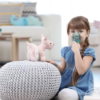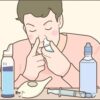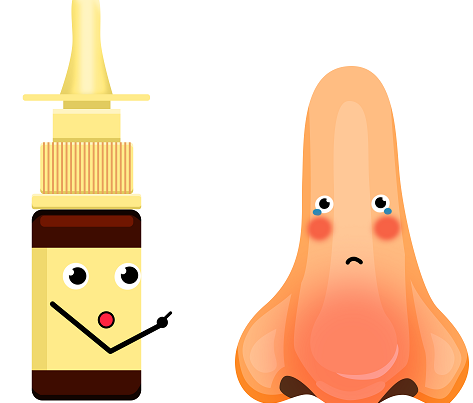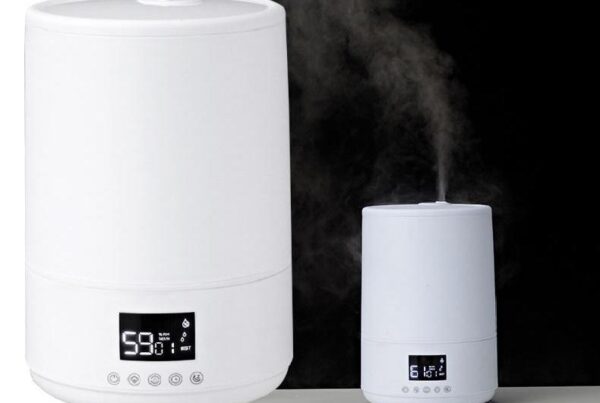What is a Nasal irrigation?
Nasal irrigation is to rinse the necrosis and secretions in the nasopharyngeal cavity.
The advantage is that it can reduce the short-term complications of the nasopharyngeal cavity after radiotherapy. And prevention of long-term complications
Steps for Nasal Irrigation:
- Buy the right sinus rinse machine.
- Prepare a water cup or prepared rinse solution, gauze or towel.
- Rinse next to the sink. Lean forward a little 30 degrees, and lower your head a little, and wash one nostril each time, alternately. When rinsing, do not use too much force, and let the water flow out of the opposite nostril or mouth. Rinse for no less than 1 minute each time, 3-4 times a day.

What are the benefits of insisting on nasal irrigation?
- Rinse the nasal cavity to flush out nasal secretions, allergens, bacteria, viruses, etc. The nasal mucosa can be kept clean and moist.
- Rinsing the nasal cavity can reduce radiation damage to the nasal mucosa and relieve discomfort. Promotes normal mucosal repair.
- Rinsing the nasal cavity significantly reduces the incidence of sinusitis and nasal adhesions.
- Rinsing the nasal cavity can help shrink the turbinates and effectively relieve nasal congestion caused by rhinitis or sinusitis. Relieve symptoms such as nasal congestion, headache, and headache, and improve the quality of life.
Nasal Rinse Before & After

Nasal irrigation Tips:
- When rinsing, avoid excessive force. Otherwise, it is easy to damage the nasal mucosa, resulting in epistaxis. Or it can cause water to enter the Eustachian tube. There may be inflammation of the Eustachian tube, and even fluid accumulation in the middle ear cavity.
- When flushing the right nasal cavity, flush water through the right nasal cavity. Make the water flow out of the left nasal cavity to make the flushing more adequate. Alternate flushing of the two nasal cavities can make bilateral nasal flushing cleaner. Flush the secretions out completely.
- When rinsing, the temperature and concentration of the rinsing liquid should be avoided to be too high or too low. Rinse with room temperature water and choose a suitable rinsing solution under the guidance of a doctor.
- When rinsing, do not speak, do not swallow, and breathe through your mouth.
- After rinsing, be sure to clean the rinser and let it dry naturally. And store in a clean and dry environment. Regularly clean and replace the nasal irrigation device according to the instructions for use.







Recent Comments